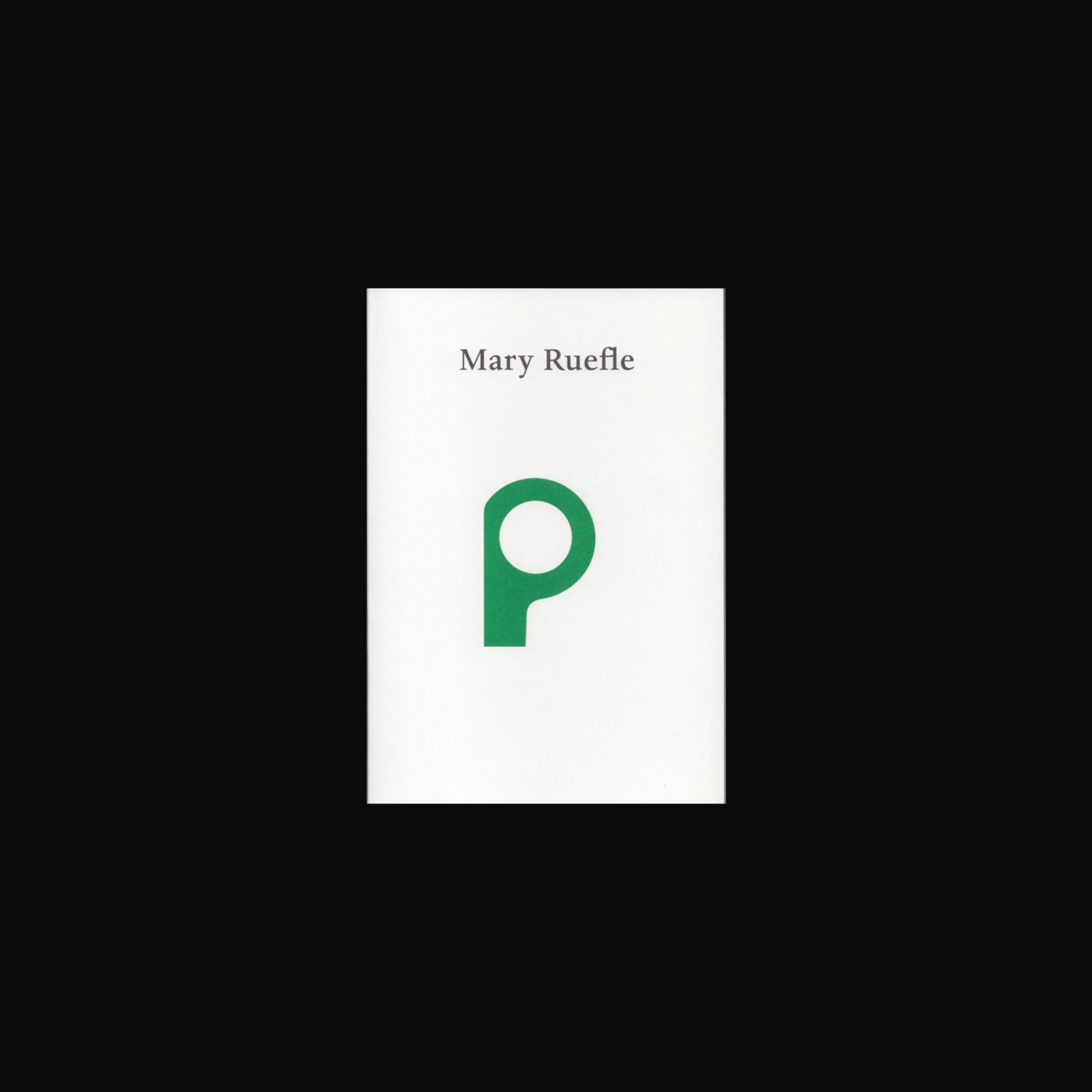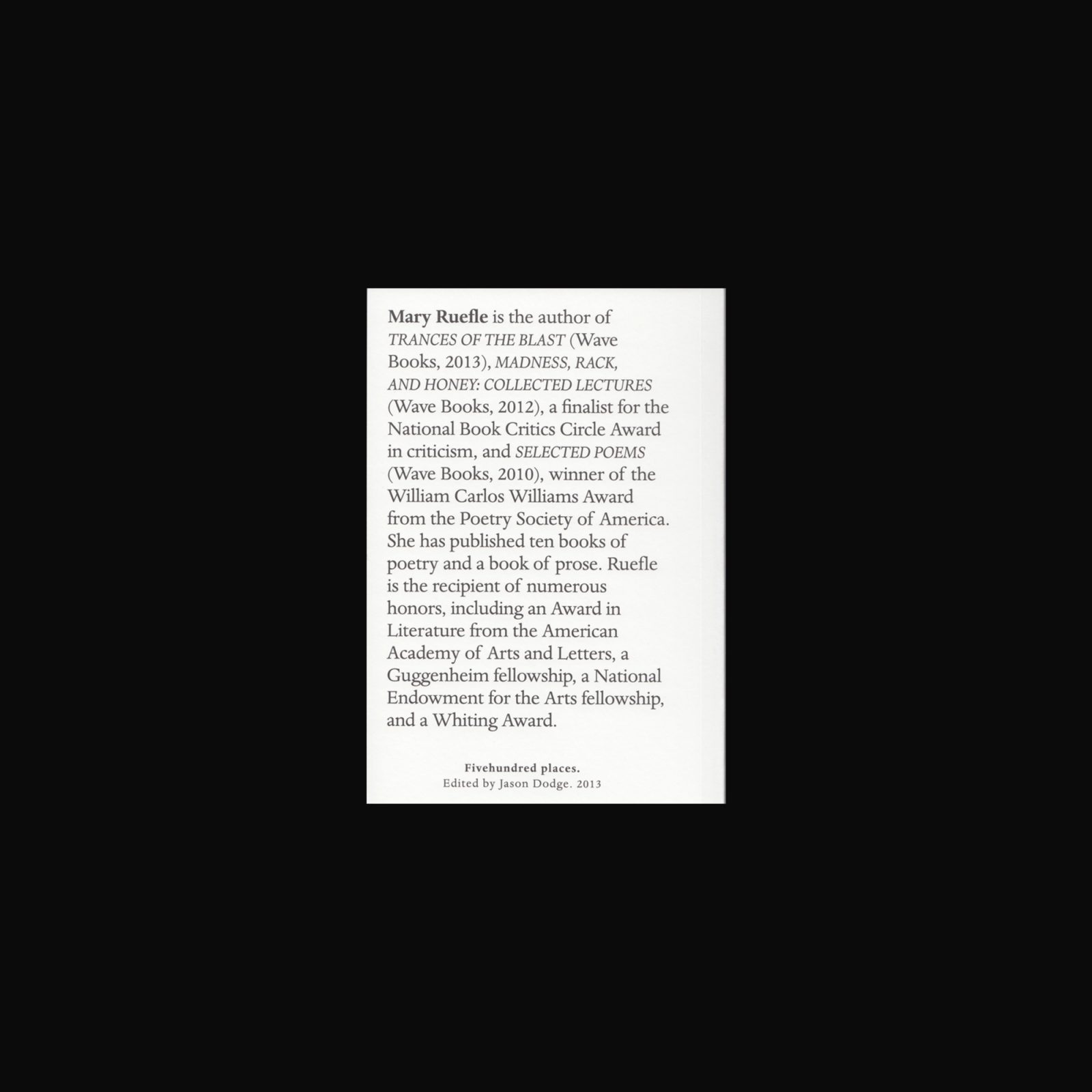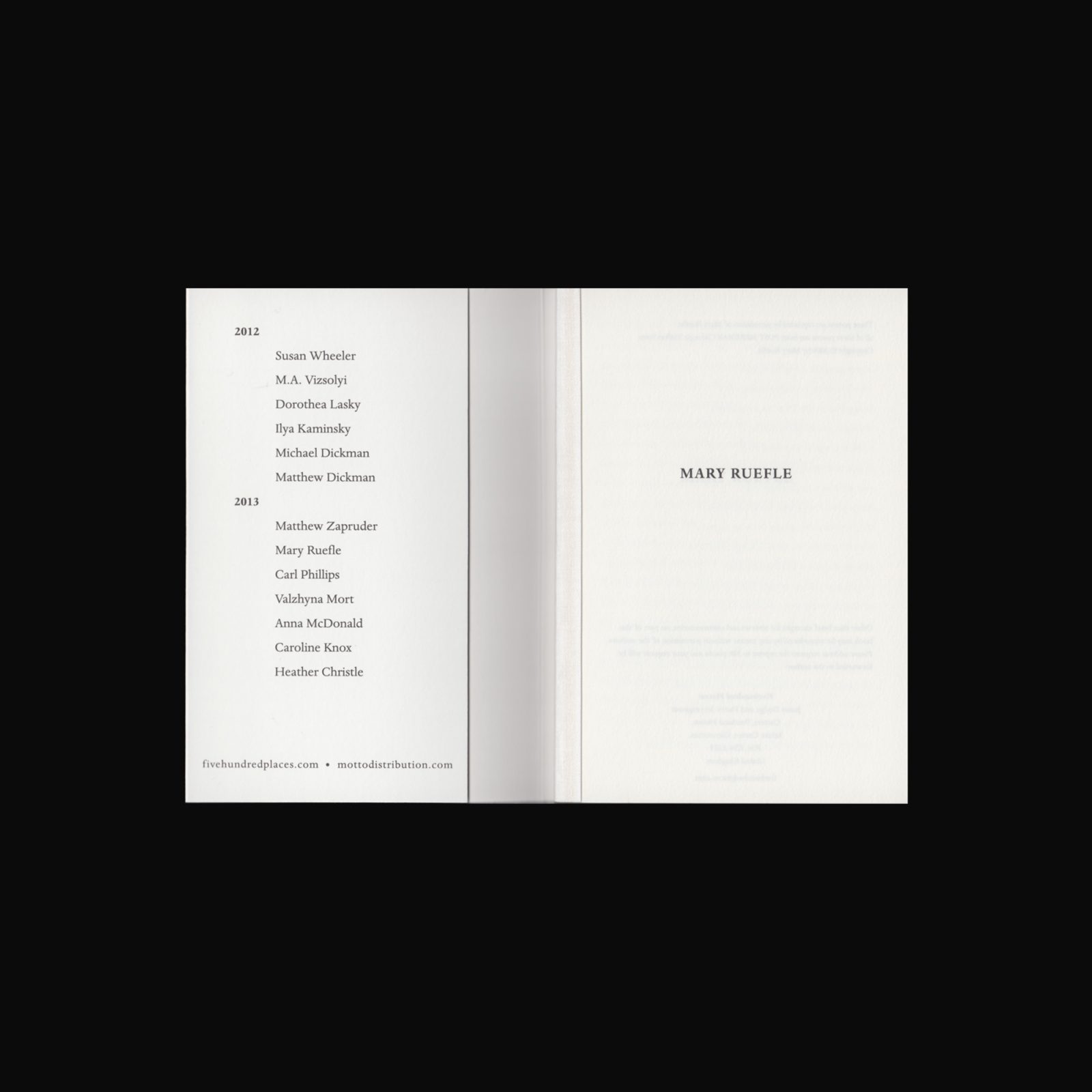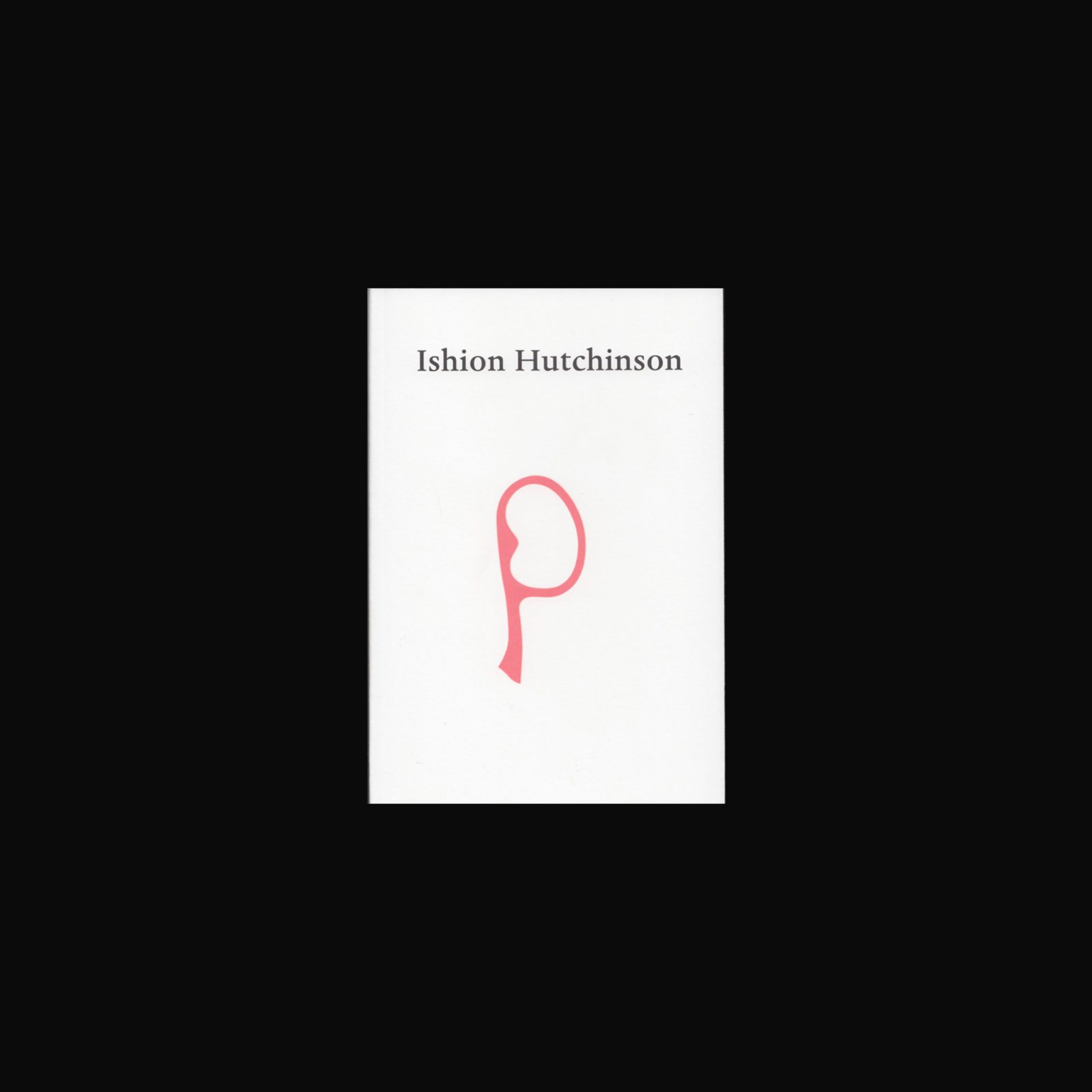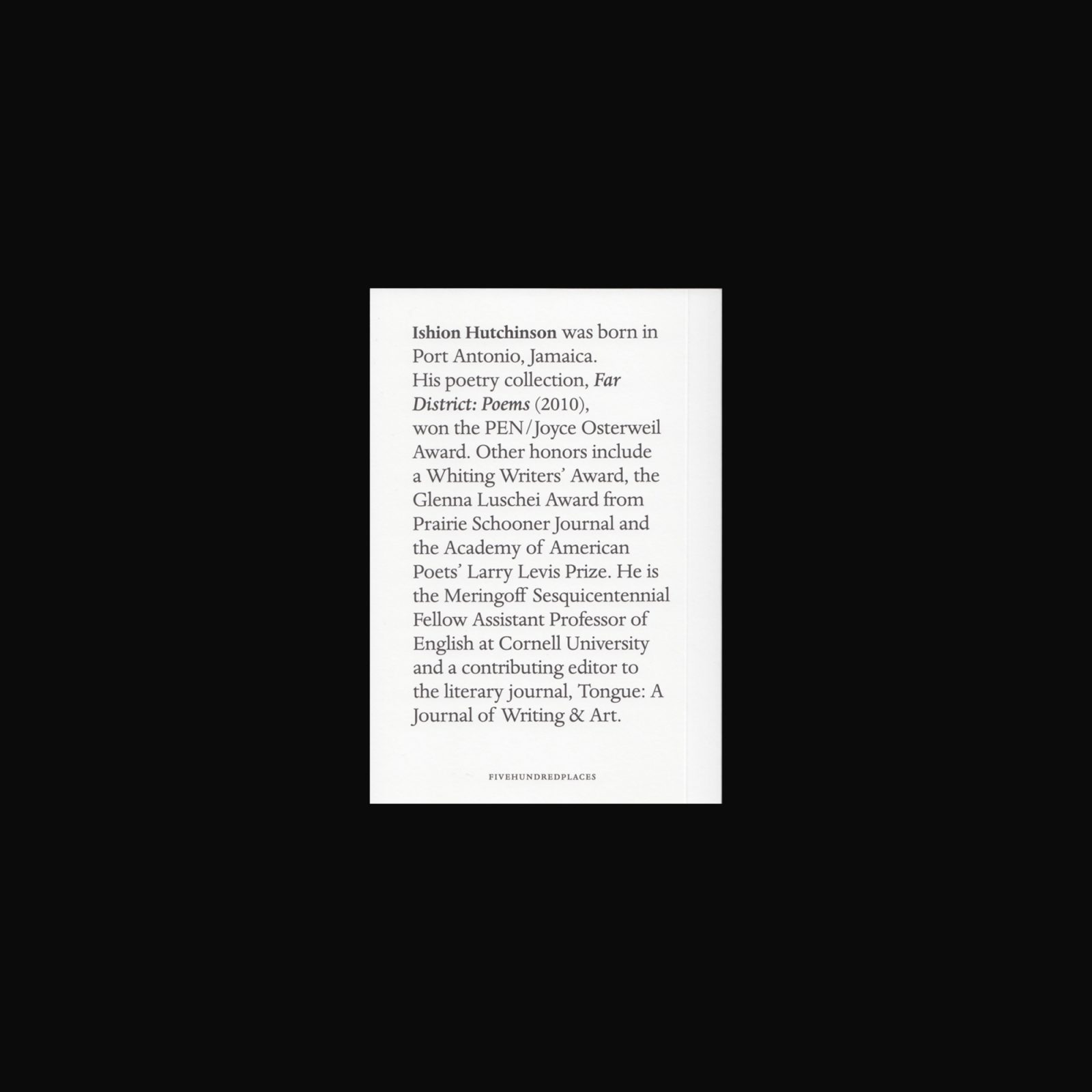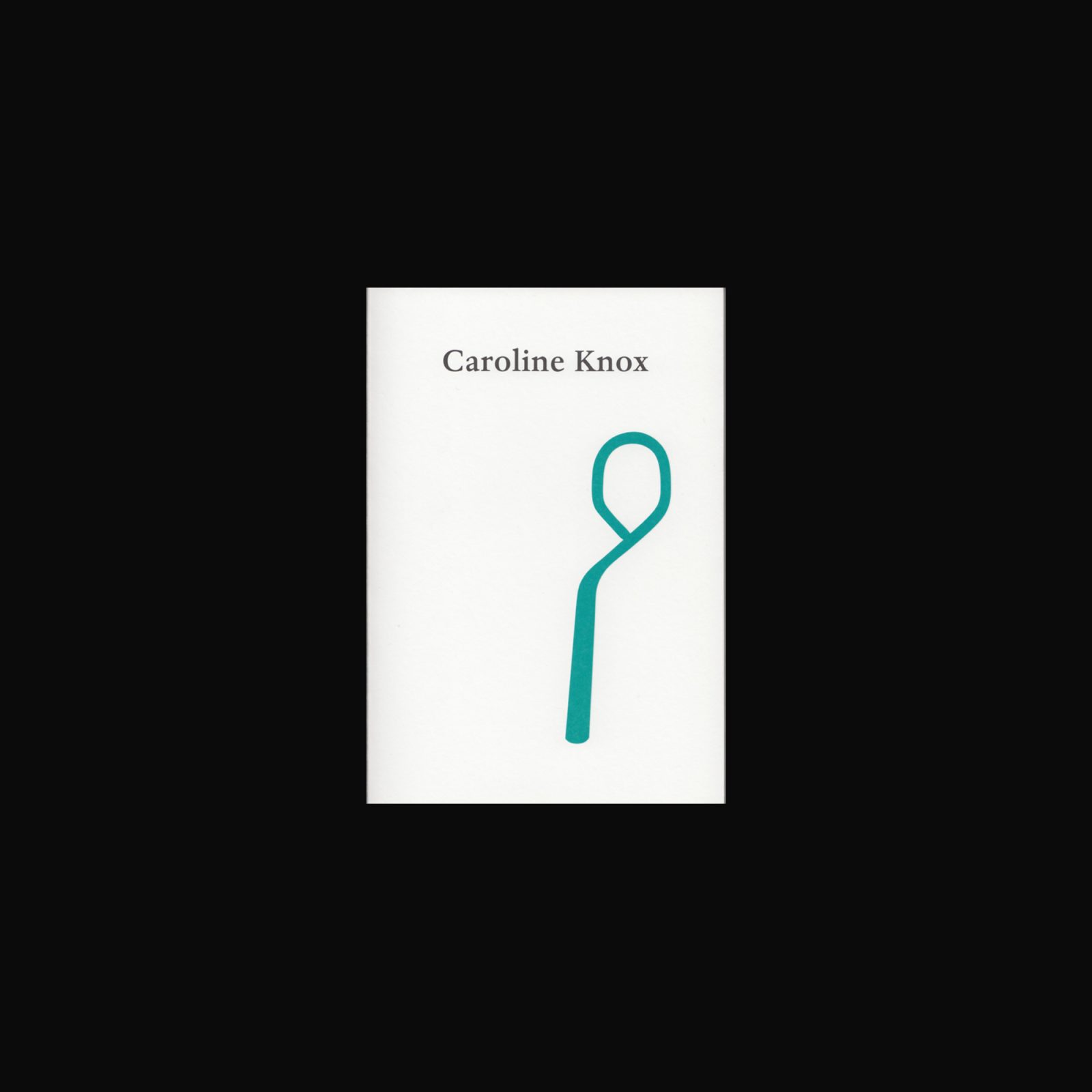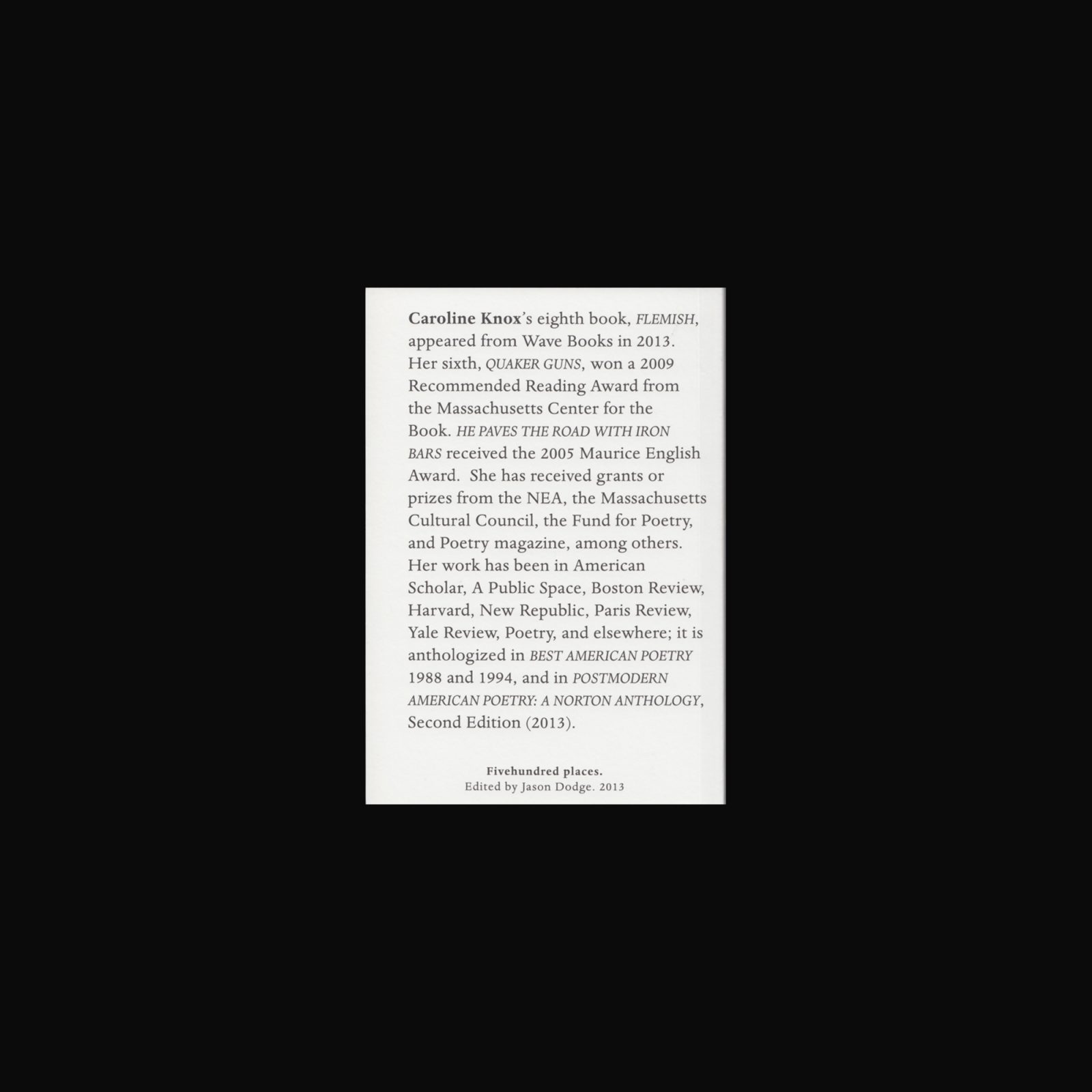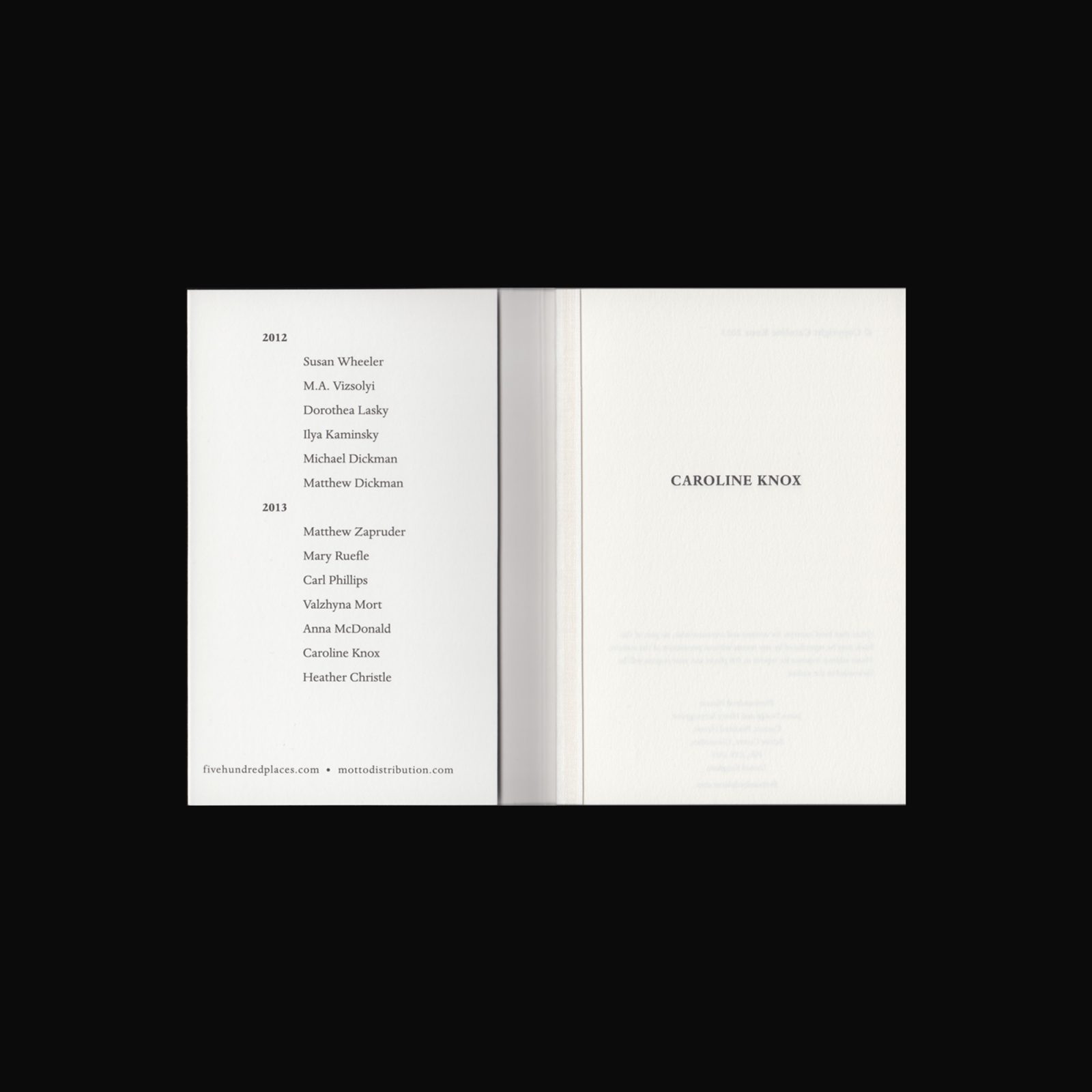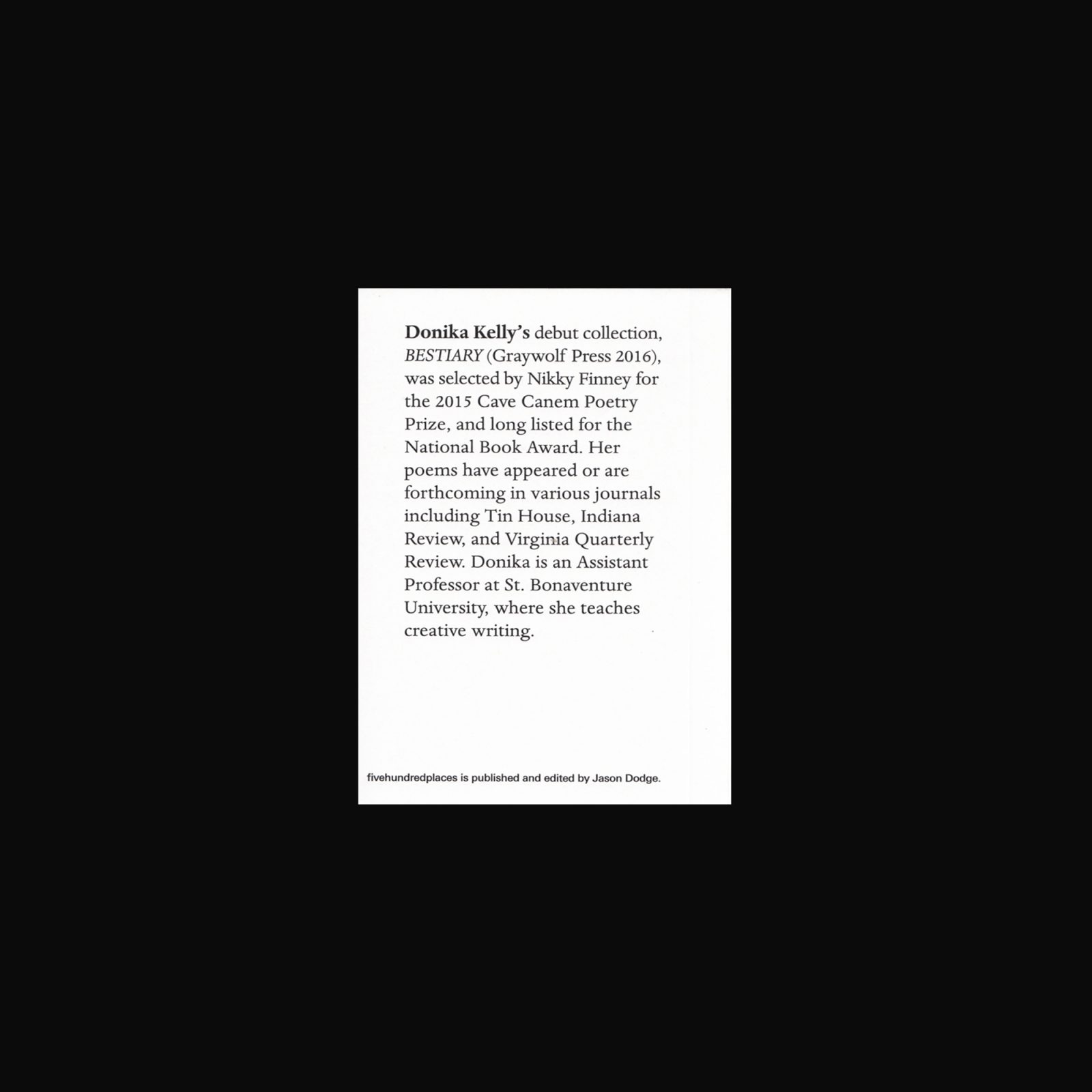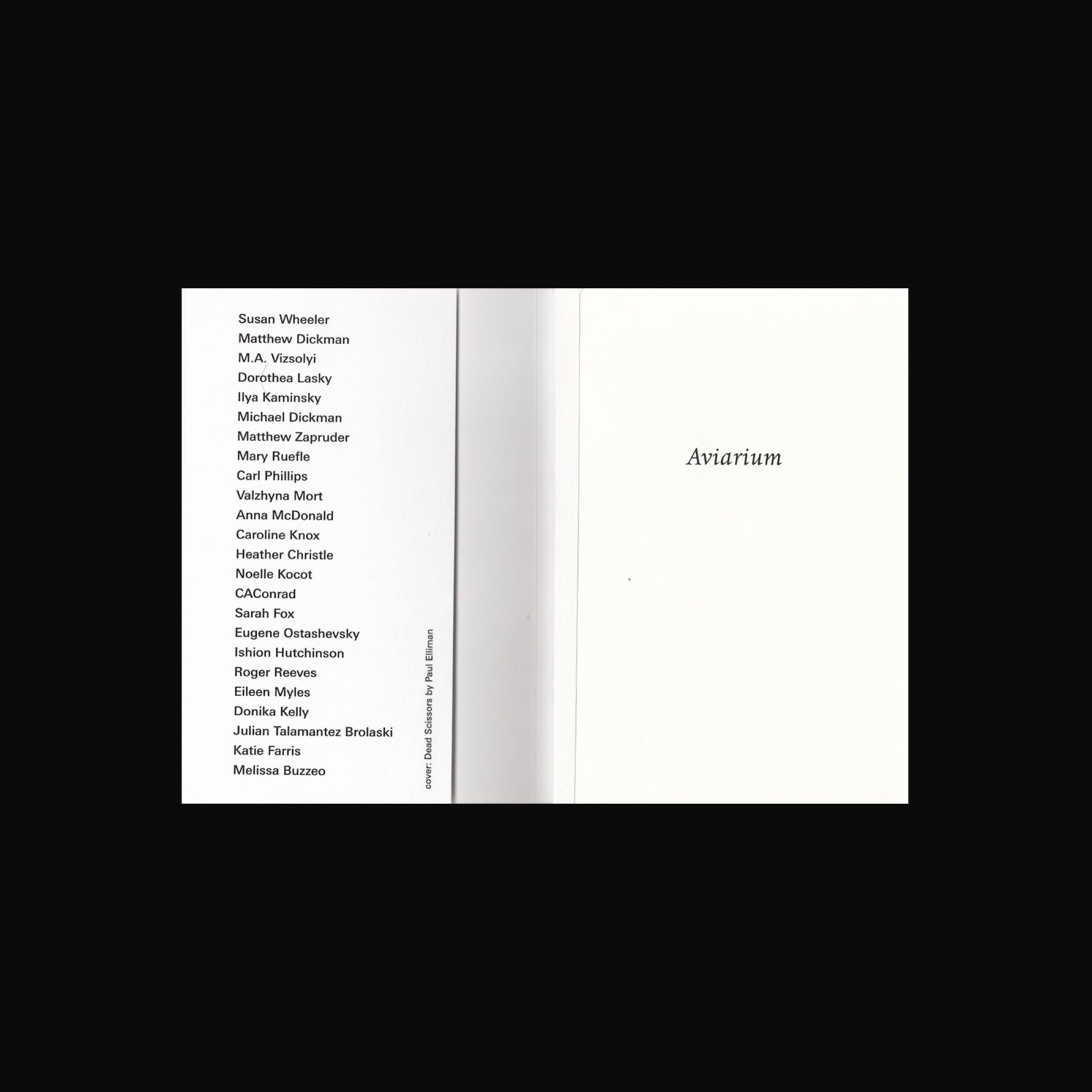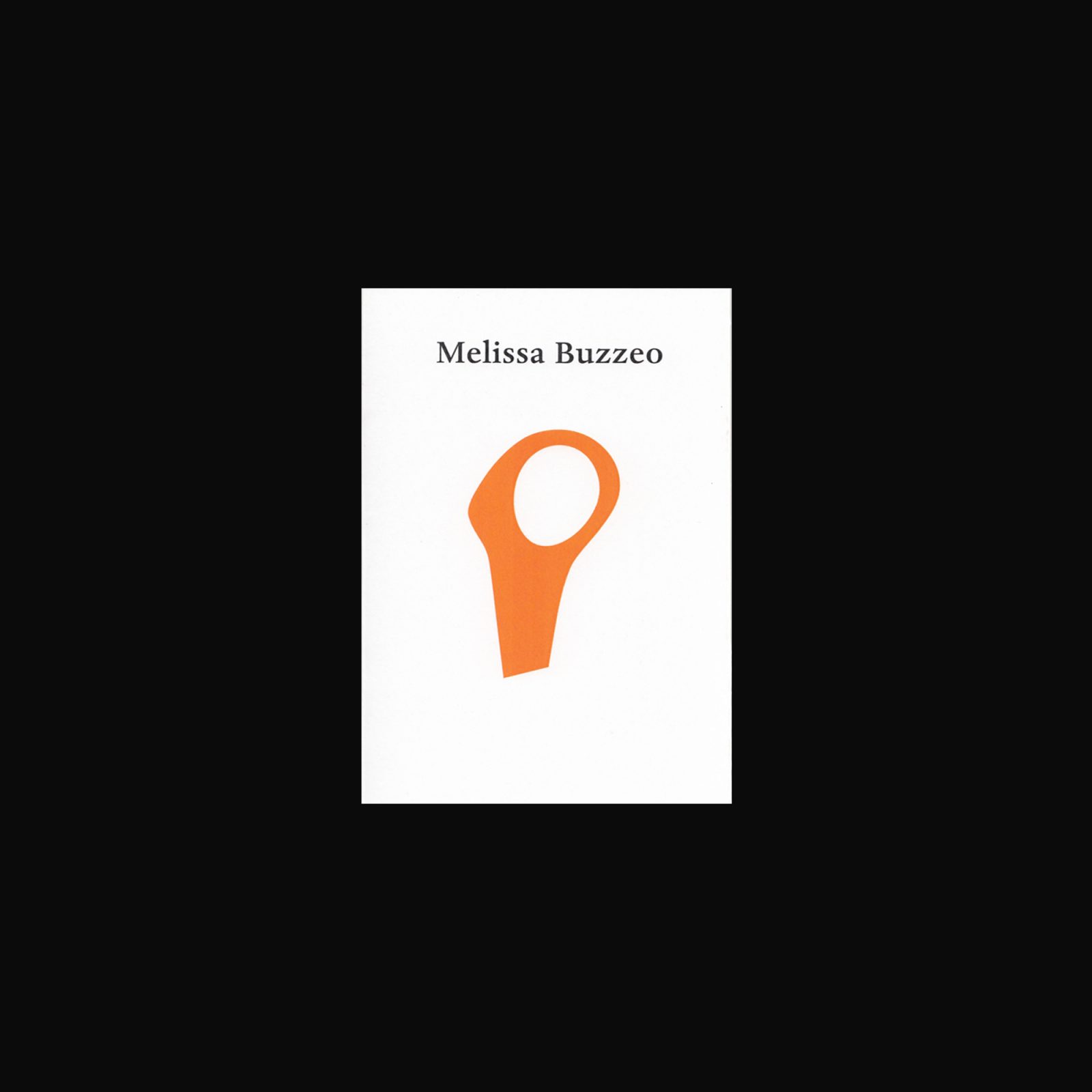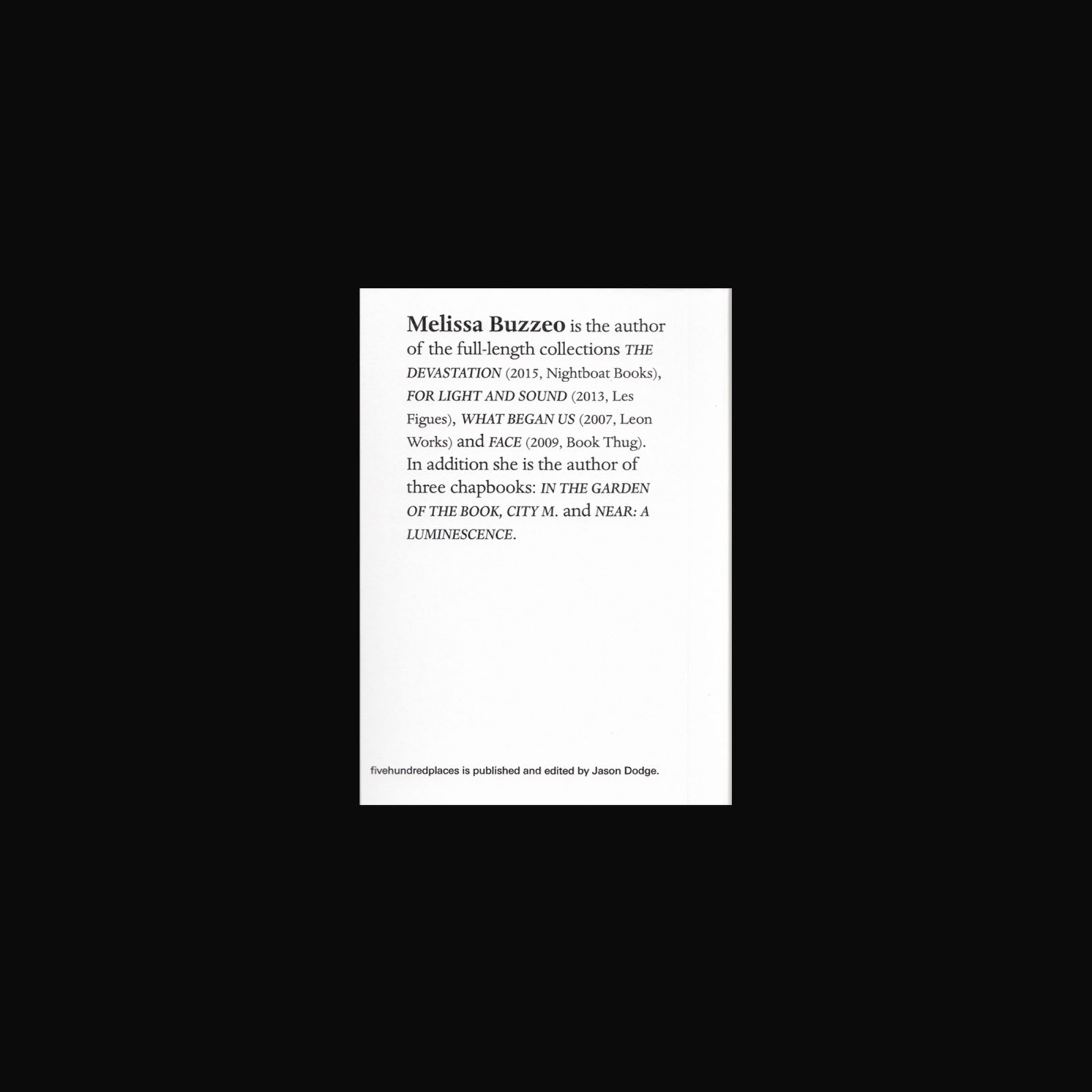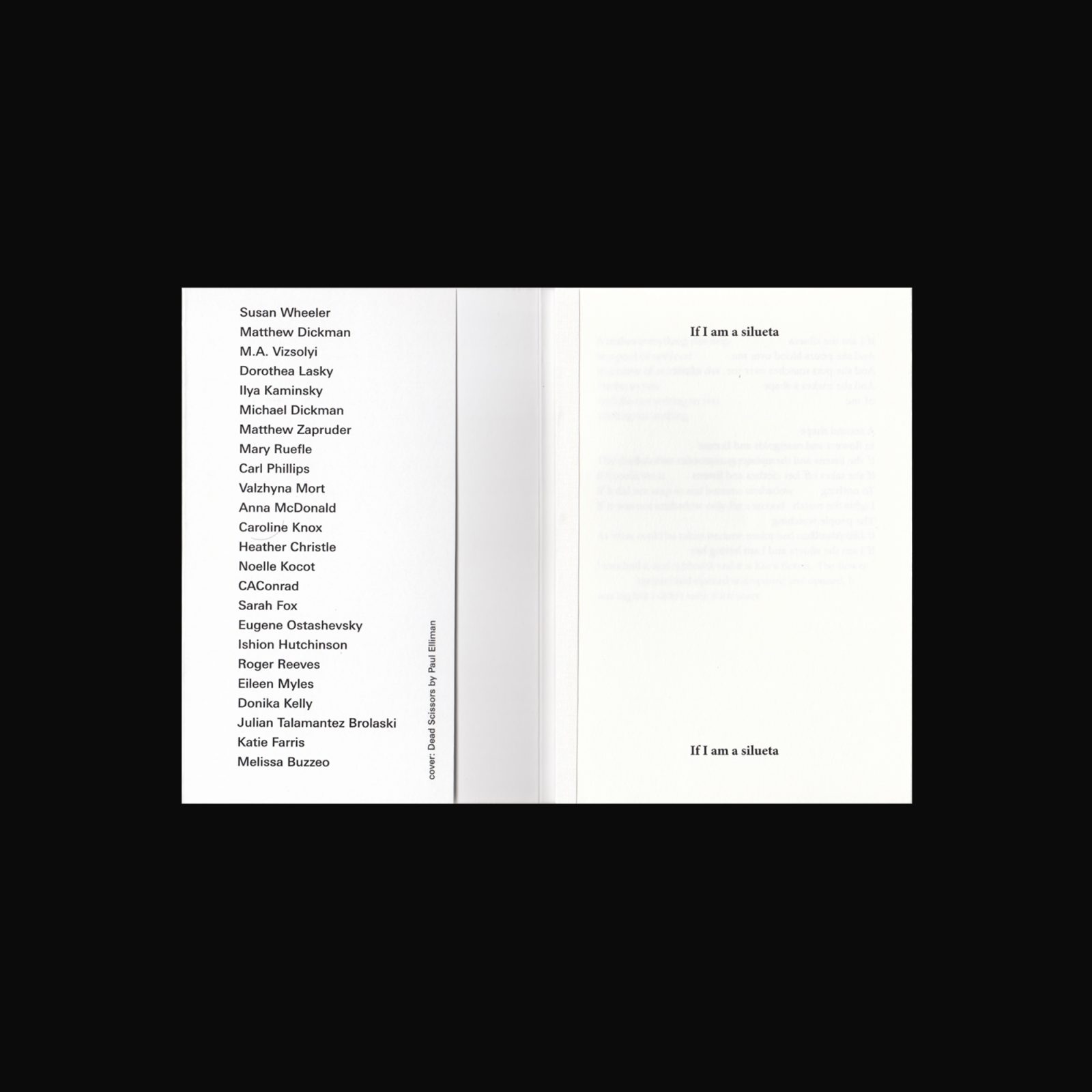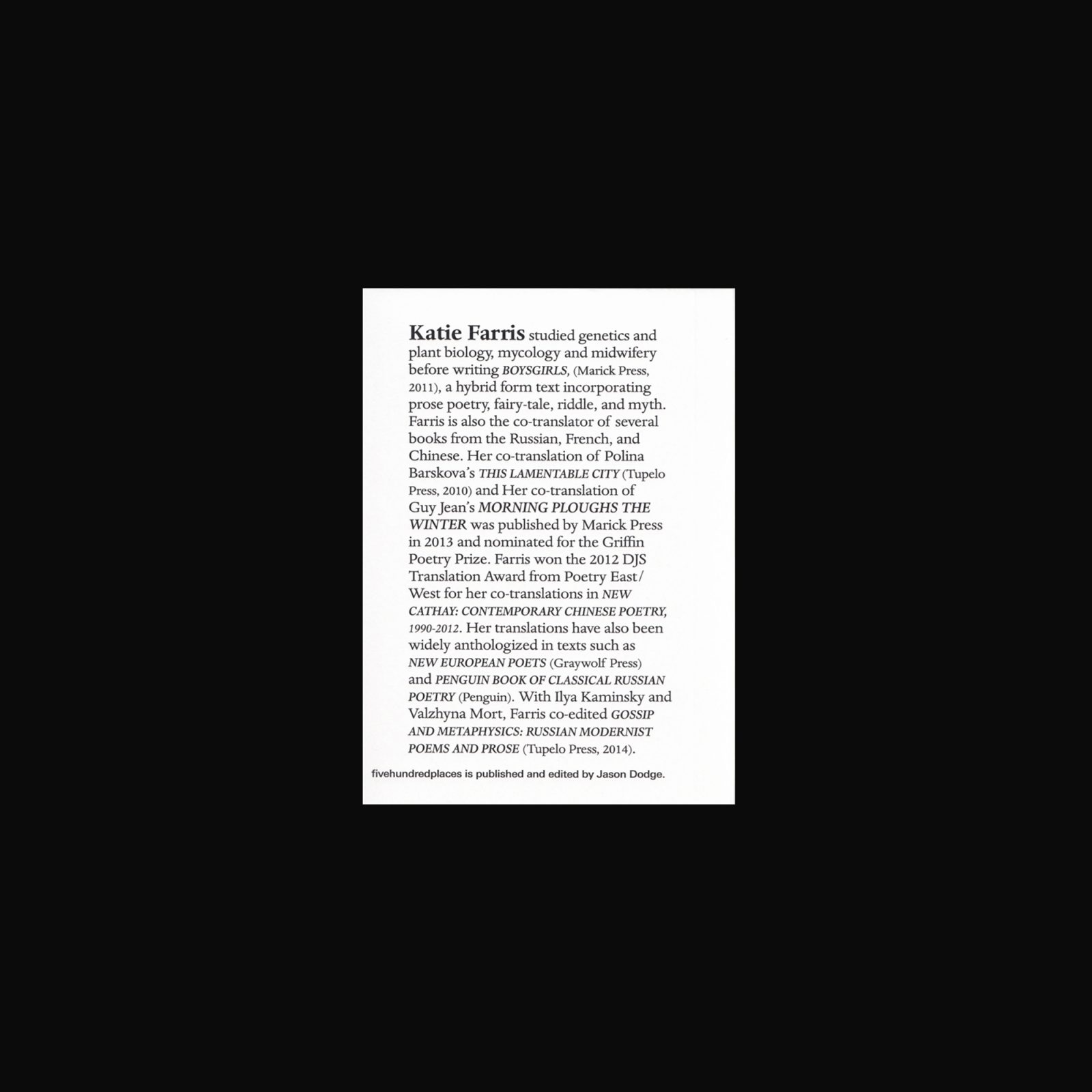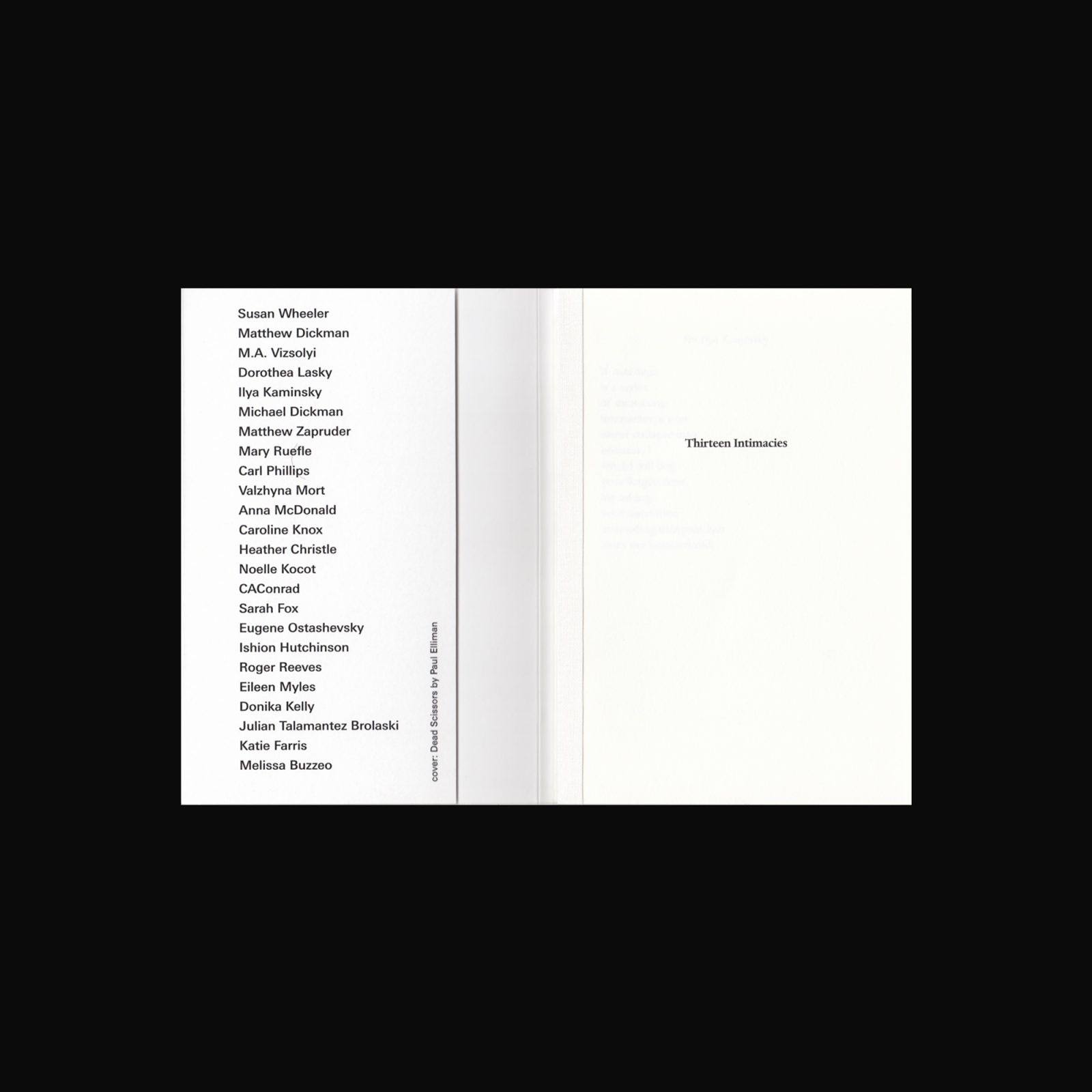Mary Ruefle is the author of TRANCES OF THE BLAST (Wave Books, 2013), MADNESS, RACK, AND HONEY: COLLECTED LECTURES (Wave Books, 2012), a finalist for the National Book Critics Circle Award in criticism, and SELECTED POEMS (Wave Books, 2010), winner of the William Carlos Williams Award from the Poetry Society of America. She has published ten books of poetry and a book of prose. Ruefle is the recipient of numerous honors, including an Award in Literature from the American Academy of Arts and Letters, a Guggenheim fellowship, a National Endowment for the Arts fellowship, and a Whiting Award.
Published by Fivehundred places, founded in 2012 by Jason Dodge. On the cover of each book is a dead scissor by Paul Elliman.
